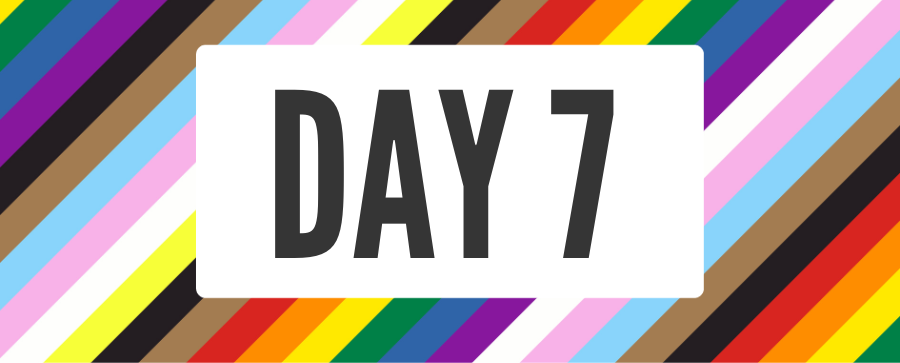
Chosen Names and Pronouns
Some trans or non-binary people choose to change their name and/or pronouns to align with their gender identity. Our names and pronouns are deeply connected to how we are seen and understood in the world. For some, choosing a different name and updating pronouns can help lessen the impact of gender dysphoria, the feelings of intense distress when one’s body and interactions in the world do not match or affirm one’s gender identity. It’s important to remember that when someone offers you a different name/pronouns to use, you do not have to understand why or understand their identity to use that name/pronouns for them. It’s also helpful to use their new name/pronouns even when referring to them in the past. This is because this has been their truth even before they shared it with you. Making this relatively simple shift in our language can show our care and honor their humanity. It’s a pretty easy way to say, “I see you, I believe you, and I care about our relationship.”
You may notice that we have shifted away from the terms “preferred name” or “preferred pronouns.” The reason for this is that the term preferred can suggest that using that name or pronouns is optional. It’s really not. Learning someone’s names and pronouns is one of the first ways we build relationships with others. More inclusive terms might include chosen or use name/pronouns, gender pronouns, personal pronouns, or simply the name or pronouns they use.
One of the easiest ways we can create more inclusive and welcoming spaces is by modeling the introduction of our names and pronouns. Some people may also introduce their pronouns in other languages. For example, someone might introduce herself by saying “Good morning, my name is Ana and I use she/her/ella pronouns.” This can serve as an invitation for others to share their pronouns and welcomes others to engage with Ana in Spanish if they choose. By providing this opportunity, you’re showing that you are not assuming someone’s identity(/ies) based on their appearance. You’re also creating space for them to be their full, authentic self.
Data shows that transgender people are several times more likely to experience severe depression and suicidal ideation due to a lack of acceptance of their identity. This not only affects their mental health, but also their ability to learn and work effectively. A 2019 study of transgender youth showed that using a person’s chosen name reduces depressive symptoms and suicidal ideation and behavior. You can quite literally save a life by using the name someone has asked you to use. Respecting and correctly using someone’s name and pronouns can have a tremendous positive impact on their ability to thrive in life including at school and work.
Most of us are familiar with using “he/him” and “she/her” pronouns; however, using “they/them” pronouns for a single person may be new to some of us. As with anything we’re trying to get better at, the more we practice, the quicker we get the hang of things. While you may experience brief discomfort, the respect and dignity you show to people who are often hurting and feeling left out will be remembered long after. Explore the links below for a deeper dive into pronoun use, tips to practice, and how to apologize if (when) you make a mistake.
TODAY’S CHALLENGE
Read:
- Laurel Wamsley, A Guide to Understanding Gender Identity and Pronouns, National Public Radio (June 2, 2021). [5 min read]
- Singular “They”, APA Style Blog (July 2022). [3 min read]
Watch:
- Why Gender Pronouns Matter, Seventeen (July 5, 2017). [4 min video]
- LGBT Equity Center: Sharing Your Pronouns, LGBT Equity Center (Aug 23, 2017). [3 min video]
Engage:
- Are you worried about making a mistake? Remember that all of us make mistakes, we’re human! Moving on and working hard not to make the same mistake(s) are the best way to show we’re sorry. Review these examples of what to do if/when you make a mistake. .
- Practice sharing your pronouns with a friend & invite them to share theirs with you.
Discuss:
- What pronouns do you use? How might it feel if someone insisted on using a different set of pronouns for you even after you corrected them? How might this impact your ability to work, live, or learn with them?
- Think about a time when you felt misunderstood or unheard by a close friend or loved one. How did it feel? How did it affect your relationship? Many of us may never know what it feels like to be transgender, but we can build empathy and try to imagine what it might feel like to be understood and heard, or not. You can do something about that for the trans people in your life. They may not be out or out to you, but they’re looking for clues to understand if you’re a safe person.
